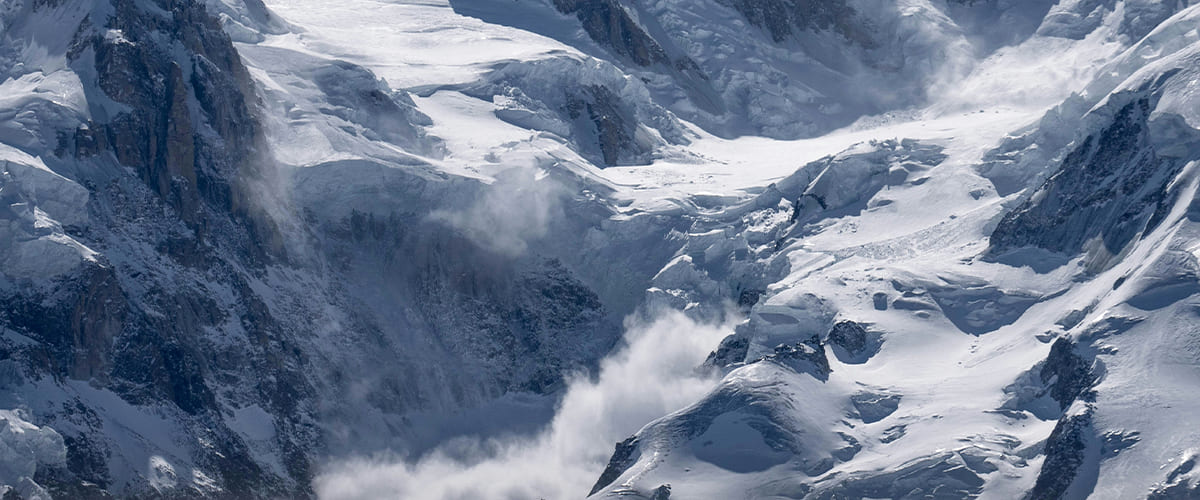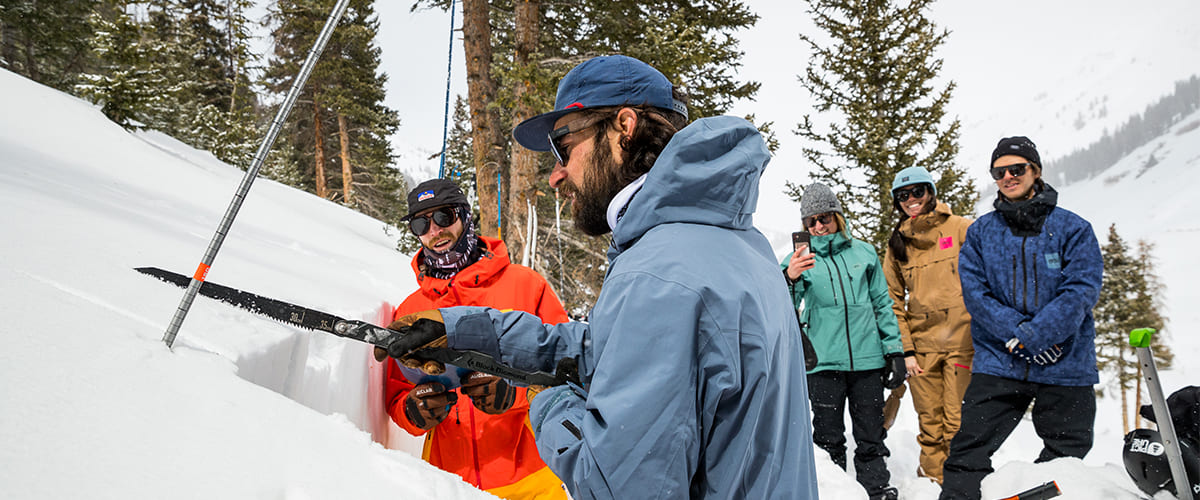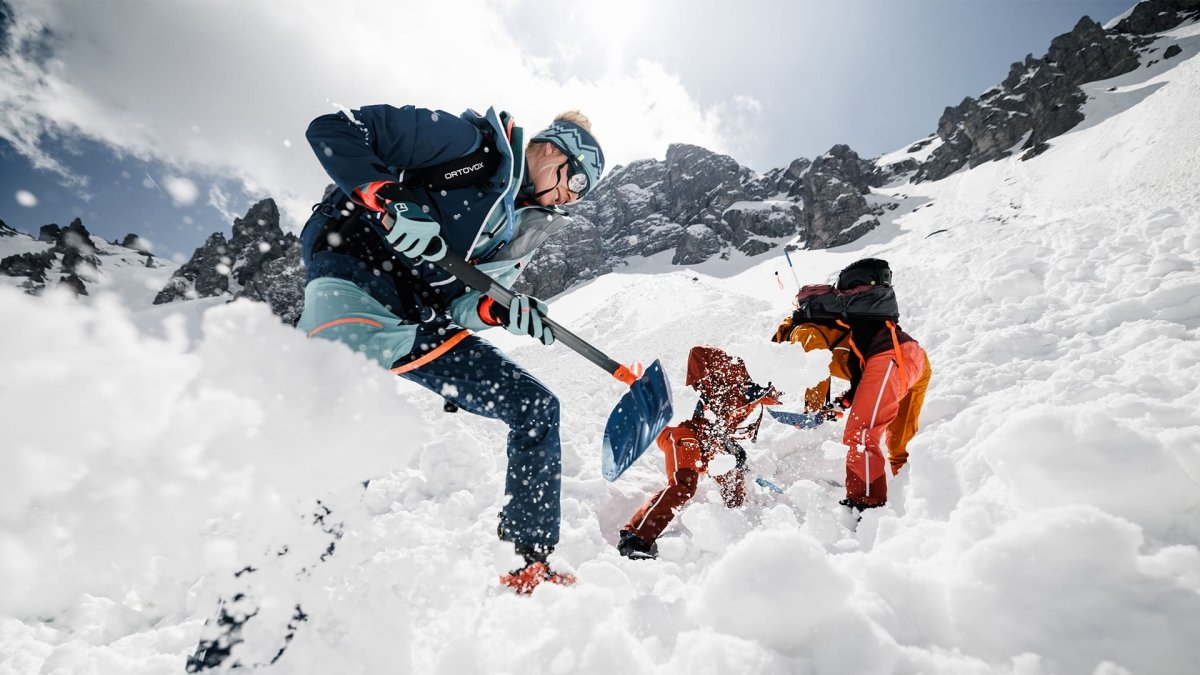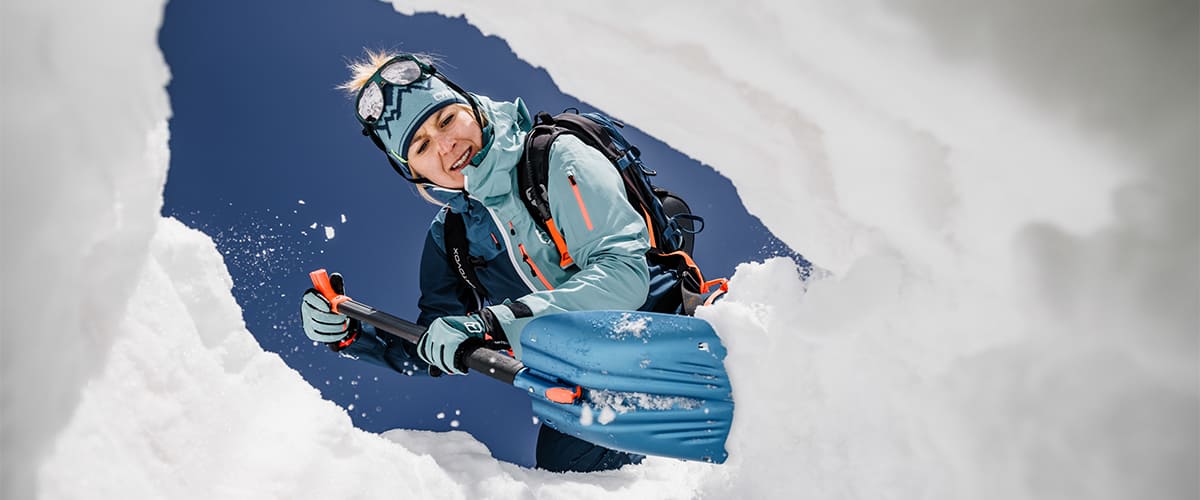The mountain offers breathtaking landscapes and a multitude of sports and recreational activities. However, it can also be the scene of accidents and tragedies if certain precautions are not taken. In the face of these potential risks, it is important to follow some basic rules and equip oneself with the necessary gear to ensure safety.
 Risks related to weather conditions and terrain
Risks related to weather conditions and terrain
Avalanches: Avalanches are one of the major dangers in the mountains, especially when skiing off-piste or snowshoeing. It is essential to be well informed about snow conditions and avalanche risk before any outing in these areas.
Changing weather: Mountain weather can change very quickly, with snowstorms, fog, or bright sunshine. It is therefore important to stay attentive to forecasts and to bring appropriate equipment.
Rugged terrain: Mountain relief can present difficulties, such as falling rocks, crevasses, or icy slopes. Following marked trails and adapting to the terrain are essential to avoid any accidents.

Prevention and training for better safety in the mountains
In the face of mountain dangers, training in first aid gestures, rope techniques, and the use of equipment is essential. Many organizations offer training to learn best practices and adopt the right attitude in the mountains.
Raising awareness among young people about mountain risks
In certain regions, mountain CRS prevention officers intervene with middle school students to explain the behaviors to adopt during winter activities and raise awareness of the potential danger posed by certain mountain landscapes. Workshops are organized within schools, sometimes with demonstrations of equipment such as the airbag backpack.

Training on avalanche management
Whether for a multi-day hike, an off-piste skiing trip, or simply a snowshoe walk, it is important to equip yourself properly. Here is a non-exhaustive list of the necessary equipment:
- AVD (Avalanche Victim Detector): Allows locating a victim buried under the snow thanks to a radio signal emitted by the AVD of the latter.
- Probe and shovel: Essential for rescuing a person buried by an avalanche, they allow you to locate and then quickly free the victim.
- Suitable clothing: To protect yourself from the changing and often extreme weather conditions in the mountains, investing in technical clothing is essential (waterproof jacket, waterproof pants, hiking boots...).
- Navigation: Have a topographic map, a compass, or a GPS to be able to orient yourself correctly.
 The basic rules for a successful mountain outing
The basic rules for a successful mountain outing
Finally, several factors must be taken into account before setting out to explore the summits:
Informing your loved ones: Leaving a precise itinerary with the expected return date is essential. In case of a problem, this will guide the rescue teams.Do not go alone: The mountain can hold unpleasant surprises, so it is more reassuring to share outings with others.
Know your limits: It is important not to overestimate your physical and technical abilities and to choose a route suitable for your level.
Listen to your body: Don't hesitate to take breaks, drink regularly, and eat when you start to feel the slightest sign of fatigue.
 Remember that mountain safety goes through good preparation and suitable equipment. Take the time to inform yourself, train, and invest in the necessary gear to fully and calmly enjoy the pleasures of the mountain.
Remember that mountain safety goes through good preparation and suitable equipment. Take the time to inform yourself, train, and invest in the necessary gear to fully and calmly enjoy the pleasures of the mountain.


 The essential equipment to ensure safety in the mountains
The essential equipment to ensure safety in the mountains








1 comment
Bonjour, nous sommes un groupe de randonneurs et nous souhaitons trouver une personne pour nous sensibiliser aux risques en montagne ainsi qu’à la conduite à tenir en cas d’accidents. Pourriez vous m’orienter sur des personnes ( moyennant rémunération) qui pourraient répondre à notre besoin ?